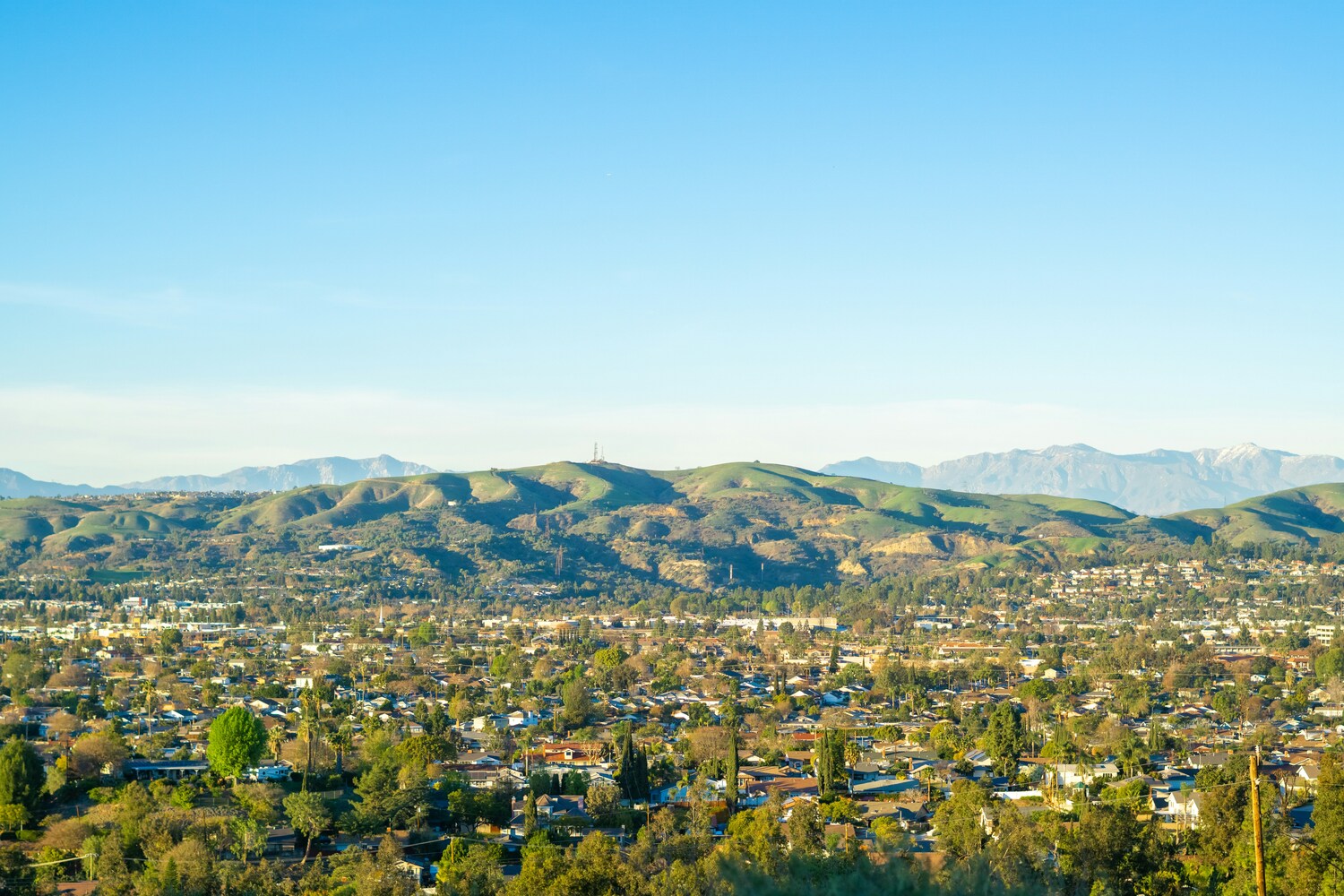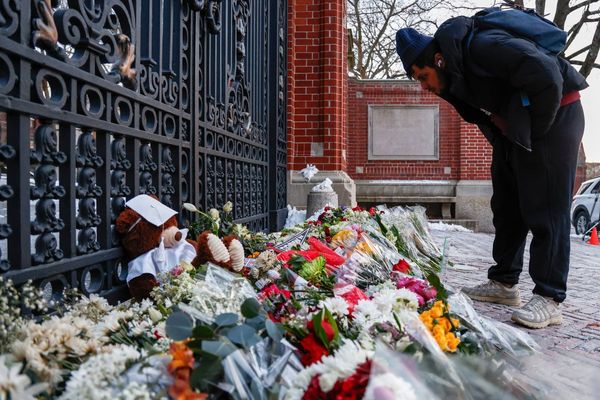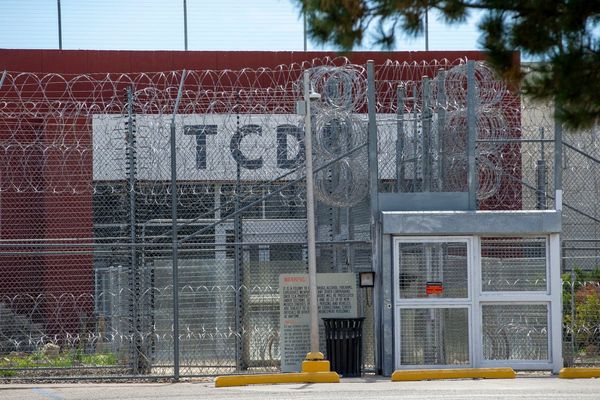
We tend to associate bankruptcy with financial hardship, job loss, or systemic poverty. But new data reveals a surprising twist: some of the wealthiest communities in the U.S., where median incomes top six figures, are also reporting some of the highest bankruptcy rates in the nation.
How is that possible? Because high income doesn’t always equal financial security. In many cases, it’s quite the opposite. People living in high-income areas often face enormous pressure to keep up with elite lifestyles, maintain appearances, and stretch themselves thin just to “fit in.”
The result is a dangerous game of debt, denial, and delayed collapse. Beneath the polished veneer of luxury SUVs and private school tuition, many families are drowning in credit card bills, mortgage debt, and business loans they can no longer manage.
Let’s take a look at eight specific places where the numbers don’t add up, and what these paradoxes say about money in modern America.
8 Places With High Incomes And Surprisingly High Bankruptcy Rates
1. Collin County, Texas
With a median household income of over $110,000, Collin County, just outside of Dallas, appears prosperous on the surface. It’s home to tech professionals, corporate executives, and sprawling suburban developments.
But Collin County also has one of the highest bankruptcy filing rates in the state. Why? Explosive population growth, ballooning housing costs, and relentless lifestyle inflation have made even high earners vulnerable.
Many families bought large homes during low-interest booms, only to find themselves overleveraged when rates and taxes climbed. The cost of “keeping up” in these manicured neighborhoods is breaking more budgets than it’s building wealth.
2. Prince George’s County, Maryland
Just outside Washington, D.C., Prince George’s County boasts one of the highest concentrations of affluent Black professionals in the country. But it’s also struggled with persistently high bankruptcy rates, especially among the middle- and upper-middle-class.
Many residents have advanced degrees, government jobs, and healthy incomes. But they also carry massive student loan burdens, rising childcare costs, and housing expenses that consume much of their take-home pay. The pressure to support extended family, participate in community life, and present financial success can lead to risky borrowing and financial burnout.
3. Fulton County, Georgia
Atlanta’s economic center, Fulton County, includes some of the wealthiest neighborhoods in the South. But the county’s bankruptcy statistics tell a different story, especially among high-income earners facing the realities of overextended lifestyles.
With access to elite schools, gated communities, and cultural prestige, many residents fall into the “wealth trap”—spending more to appear successful than to build lasting security. Luxury car payments, multiple mortgages, and credit-fueled consumerism often push residents to the brink. The illusion of wealth masks a dangerous lack of financial resilience.
4. Orange County, California
Known for its beaches, affluence, and high property values, Orange County also has one of the highest bankruptcy filing rates per capita in California, particularly among professionals and retirees.
The cost of living is astronomical. A six-figure income barely covers basic expenses for housing, insurance, childcare, and commuting. Many families rely heavily on credit cards to close the gap, and when a financial shock hits, like job loss or medical bills, they have no cushion. Bankruptcy isn’t always about overspending. Sometimes, it’s about living in a place that simply costs too much to survive, no matter how much you earn.
5. Clark County, Nevada
Las Vegas, located in Clark County, is home to entertainers, entrepreneurs, and high earners across industries. But it’s also a bankruptcy hotspot, often ranking near the top nationally.
Many in Las Vegas experience volatile income—big bonuses one month, dry spells the next. The feast-or-famine nature of the local economy creates a dependence on credit and a lack of consistent savings. Add to that a culture of spending, gambling, and financial flash, and it’s easy to see how even high earners end up filing. Stability (not income) is what keeps people out of bankruptcy court.
6. Williamson County, Tennessee
Located just outside of Nashville, Williamson County is one of the richest counties in the South. It’s known for its high-end subdivisions, excellent schools, and affluent residents. Yet bankruptcy rates have been creeping higher, especially among new transplants.
As more professionals relocate to the area, they often buy expensive homes, enroll their kids in private schools, and adopt a lifestyle that outpaces their income. The social pressure to match the wealth around you can lead to silent financial strain until it erupts into a formal filing. Many residents are house-rich but cash-poor.
7. Fairfield County, Connecticut
Home to Wall Street commuters and wealthy enclaves like Greenwich, Fairfield County oozes prestige. But it’s also home to some of the most dramatic personal debt loads in the Northeast. High taxes, an inflated housing market, and soaring private school tuition are only part of the story. The real issue is that wealth in this region is often heavily leveraged—funded by debt, not savings.
Bankruptcies here are less about sudden poverty and more about lifestyle implosions: divorces, business failures, or financial gambles that didn’t pan out. It’s a reminder that money on paper doesn’t always translate to solvency.
8. Bexar County, Texas
San Antonio’s Bexar County is a blend of military, tech, and medical professionals earning solid incomes. But it also ranks high in bankruptcy filings, particularly among middle-aged adults who appear well-off.
A mix of rising property costs, predatory lending, and family financial obligations (like supporting adult children or aging parents) stretches incomes thin. Add in healthcare expenses or job transitions, and bankruptcy becomes a tool for hitting the financial reset button. In Bexar, like elsewhere, the face of bankruptcy isn’t what most people expect. It’s often educated, employed, and outwardly successful.
High Income Doesn’t Mean Financial Immunity
We often assume that bankruptcy is the result of poverty, poor planning, or personal failure. But these eight places prove otherwise. Sometimes, it’s the high earners—those living in upscale zip codes and driving luxury vehicles—who are most at risk.
In a culture where image often trumps savings and where debt is normalized in the name of success, financial collapse can come fast and hard. Income matters, but lifestyle choices, cost of living, and financial pressure matter more.
Have you seen signs of financial stress in high-income communities around you? What do you think fuels this growing disconnect between income and security?
Read More:
13 Cities on the Brink of Destruction: Why You Should Get Out Now
10 Up-and-Coming Cities to Buy Property Now—Before the Prices Skyrocket







